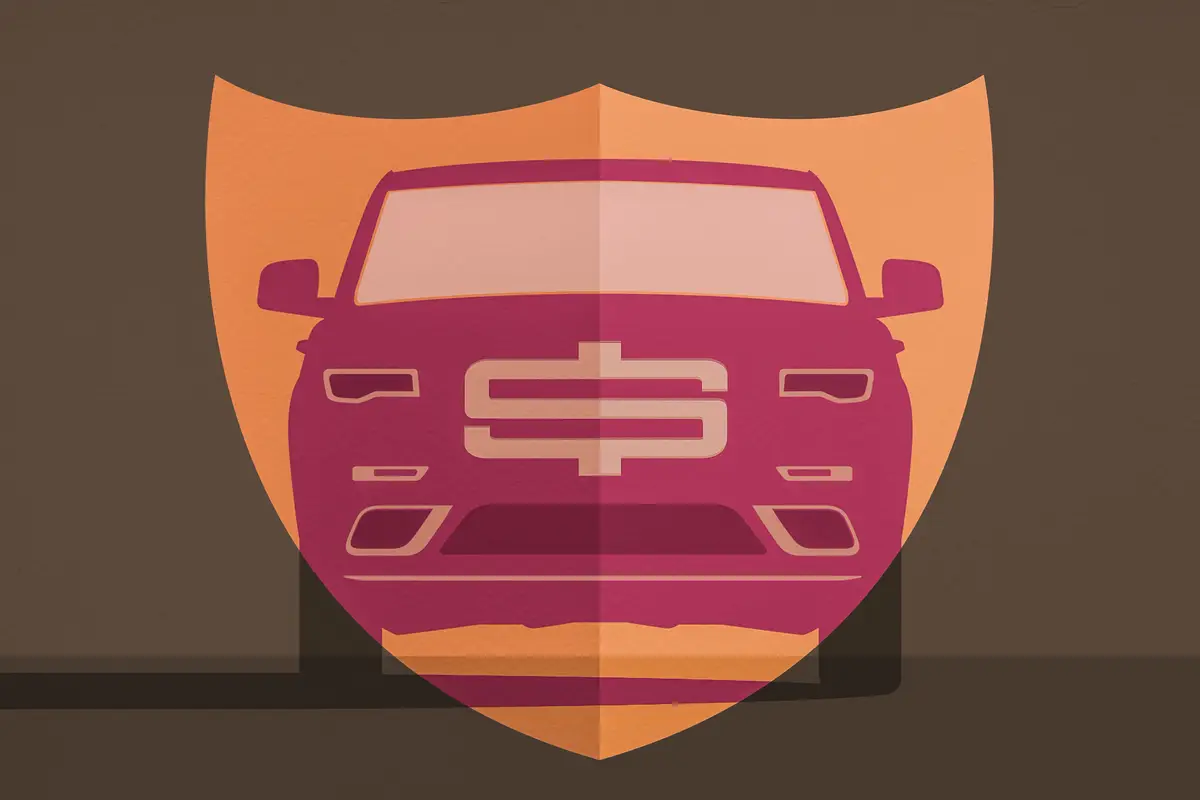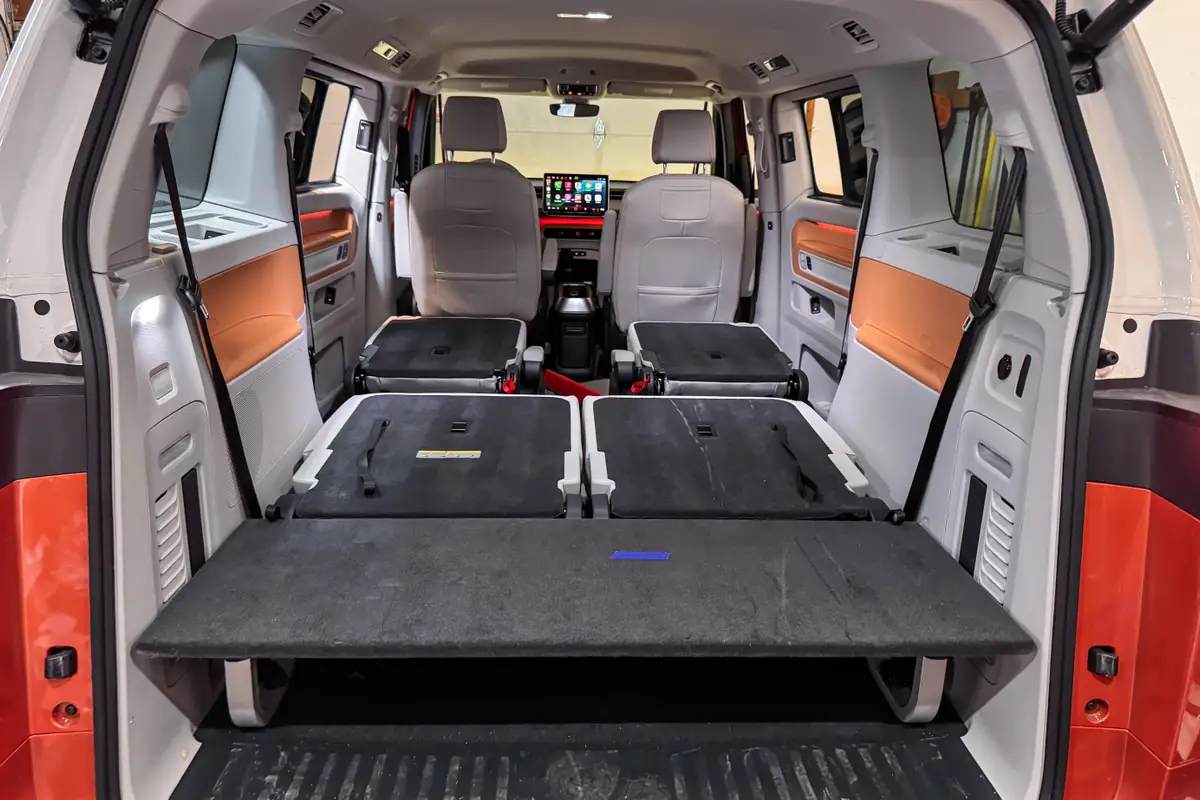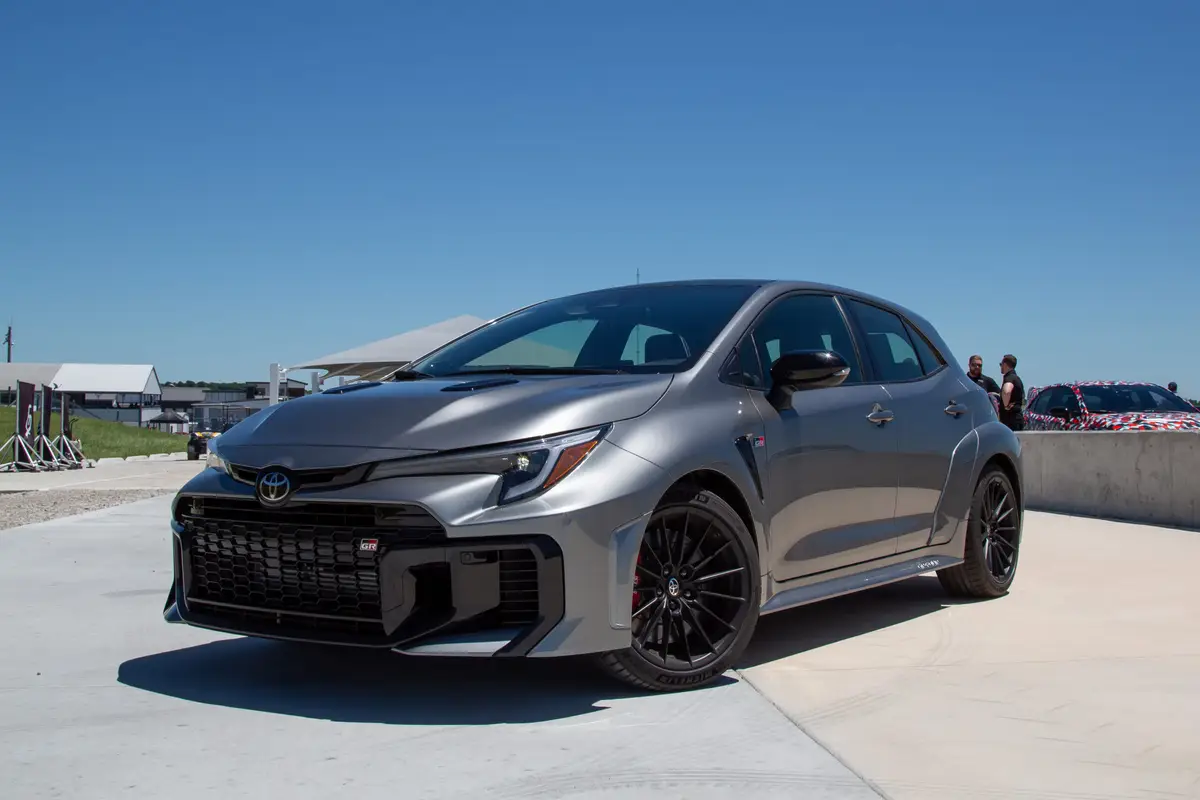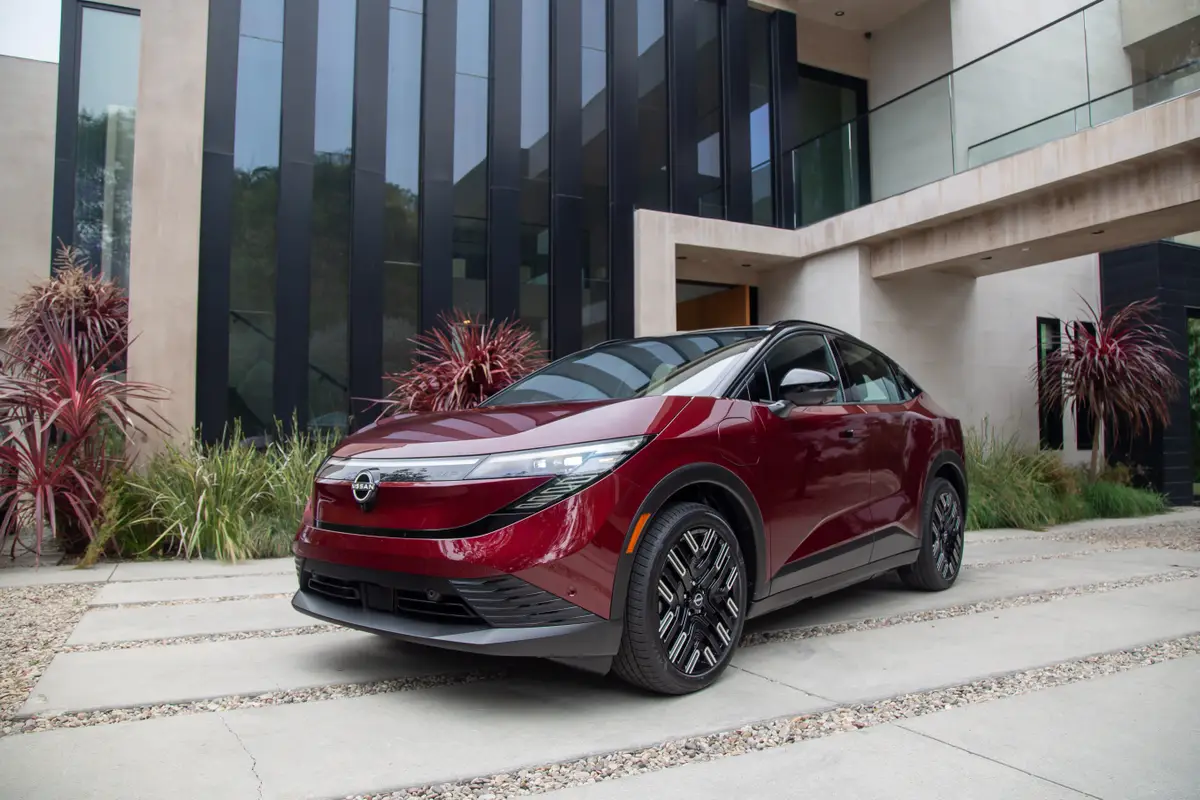What Is Gap Insurance?

Imagine this happens: Your car or truck is suddenly totaled or stolen. Gap insurance is there to help to bridge the difference (the “gap”) between what you presently owe on a loan or lease and what the vehicle is currently worth. In insurance-industry parlance, this is known as the actual cash value.
Gap insurance is typically optional, though some lenders might make it a requirement. The main question is, do you need it in the first place?
Related: How to Win the Car Financing Game
To start, we all know cars depreciate, especially during the first three years of their lifespan. Drive off the dealership lot and, only one year later, your pride and joy will likely have lost roughly 20% of its value. After three years of dutiful service, this ticks upward to around 40% or more, depending on the make and model.
Let’s also consider if a car shopper makes a small down payment on a loan or agrees to a lease with a modest initial charge. Paying less upfront sounds great, but it can work against you when combined with vehicle depreciation. This means that during the first few years of ownership or leasing, a person could owe more than the actual cash value of the vehicle if something happens to it.
Breaking it down by hard numbers, here’s an example. If a vehicle gets totaled and the insurer determines the actual cash value is $30,000, but the owner still owes $25,000 on the loan, it’s then up to the individual to absorb the $5,000 difference. This is when it’s great to have the safety net provided by gap insurance.
How to Determine Your Car’s Value
Before we dive further into the details of gap insurance, let’s explain how your vehicle’s value is determined.
If the provided figure seems strangely lower than expected, don’t be afraid to ask questions. If it’s your insurance company that’s deciding how much you get paid should your car be written off, ask what resource was used to determine the value. It could be smart to research multiple sources to get the best idea of which figure most accurately calculates a vehicle’s worth. This valuation formula takes into consideration a car’s age, mileage and overall condition to determine if gap insurance is needed based against how much is still owed.
Also, be sure to know whether the value is based on a dealer or private-party price; the latter is almost always going to be higher.
Dealerships Vs. Insurance Companies
A dealership might offer gap insurance, though oftentimes it’s an annual flat fee that costs hundreds of dollars and is baked into the monthly payments. According to the Insurance Information Institute, a smarter money-saving route is to go through an insurance provider that can simply add gap coverage to a collision and comprehensive policy.
In comparison, this extra charge via an insurance company should cost only tens of dollars per year, not hundreds. As with other insurance coverage, the amount can be higher based on the vehicle’s value, not to mention the owner’s driving record and age. A lender might also provide a gap waiver in a vehicle purchase or lease; this would negate the need for gap insurance, so take the time to read the fine print carefully.
Insurance companies write their own rules for gap coverage, and some require that you pay the usual deductible on collision and comprehensive coverage, though others don’t. Before buying gap insurance, it’s smart to explore costs from several sources, such as a dealership, third-party lender or insurance company. When leasing, ask before signing to see if it’s automatically included. After all, you don’t want to pay extra for something you already have.
More From Cars.com:
- Can You Get a Car Loan With Bad Credit?
- What’s the Average Car Payment?
- How Much Does It Cost to Lease a Car?
- Pros and Cons of CPO Versus an Extended Warranty
- What Is a Collision Damage Waiver?
Who Does (And Doesn’t) Need Gap Insurance?
At present, the average new-vehicle loan stretches to nearly six years. This means a purchaser can “be upside down” (owe more than the car is worth) for three or four years, or perhaps longer. This longer period could be caused by a car buyer rolling negative equity from a previous vehicle into their new loan or lease.
Gap insurance isn’t always needed, however. Putting down a larger down payment, trading in a vehicle with plenty of value or keeping a loan or lease shorter — say, three to five years — could result in the car always having a cash value that’s more, or at least equal, to what’s still owed.
Don’t assume you’re out of the gap-coverage woods, however, as small but potentially pricey details can make a big difference. For example, let’s say you took out a $30,000 loan and had paid back $20,000 by the time your vehicle was stolen or totaled. If the car is worth at least $10,000 — highly likely given its relative newness — gap insurance becomes moot. Just don’t forget to factor in and subtract the vehicle’s deductible, which can range from $500 to $1,500, from the value of the vehicle per the insurance company.
Last but not least, when on the hunt for any new car or truck, check its track record for resale value. Take the time to go online and see the price of examples that are 3-5 years old. If the vehicle is a newly introduced model, check the overall brand’s records for reliability and dependability. This can serve as a reliable barometer for a vehicle’s value down the road.
Related Video:
Cars.com’s Editorial department is your source for automotive news and reviews. In line with Cars.com’s long-standing ethics policy, editors and reviewers don’t accept gifts or free trips from automakers. The Editorial department is independent of Cars.com’s advertising, sales and sponsored content departments.
Featured stories




